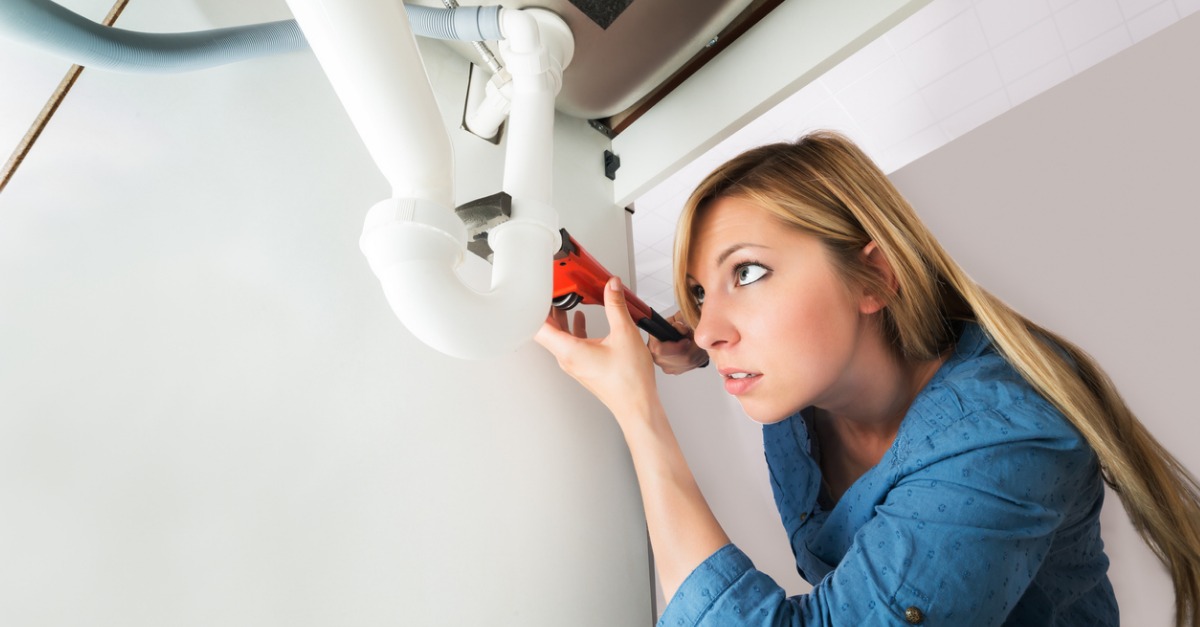
Find Hidden Household Leaks in 10 Minutes
Water conservation isn’t only good for the environment; it’s also good for your bank account. According to the U.S. Environmental Protection Agency (EPA), easy-to-fix leaks in homes across the country waste a total of almost 1 trillion gallons of water every year. Furthermore, because the average leaky home wastes about 10,000 gallons annually, leaks could be costing you at least 10 percent more on your water bills—without you even knowing it.
Are pesky water leaks hiding in your home? To find out quickly, take the EPA’s 10-minute challenge to search for common leaks using the agency’s room-by-room checklist below:
BATHROOM
Toilets: Conduct a leak test by putting a few drops of food coloring in the toilet tank and letting it sit for 10 minutes. If color shows up in the bowl, you have a leak and might need to replace your toilet flapper. (Make sure to flush after the test to avoid staining the tank.)
Faucets: Listen for drips, and turn on the tap to check for water going the wrong direction.
Showerheads: Turn on the shower, and look for drips or stray sprays that can be stopped with pipe tape.
In the tub: Turn on the tub, then divert the water to the shower and see if there’s still a lot of water coming from the tub spout; that could mean the tub spout diverter needs replacing.
Under the sink: Check for pooling water under pipes and rust around joints and edges.
LAUNDRY ROOM
Clothes washer: Check for pooling water, which could indicate a supply line leak.
KITCHEN
Faucet: Listen for drips, and tighten aerators or replace fixtures if necessary.
Sprayer: Check to make sure water is spraying smoothly, and clean openings as needed.
Under the sink: Check for pooling water under pipes and rust around joints and edges.
Appliances: Check for pooling water underneath dishwashers and refrigerators with ice makers, which could indicate a supply line leak.
BASEMENT/UTILITY ROOM
Water heater: Check beneath the tank for pooling water, rust or other signs of leakage.
THROUGHOUT THE HOUSE
Check for signs of moisture or mold on your walls, ceilings or floors. This could indicate that a pipe is causing trouble behind the scenes and requires the attention of a professional.
In addition to the 10-minute checklist, the EPA also suggests looking at your water bill. If a family of four uses over 12,000 gallons of water during a colder month, such as January or February, the house likely has a major leak problem. Compare your utility bills to see if there’s a random jump in monthly water usage, as well.
Many household water leaks, such as running toilets or dripping faucets, are simple to fix. You can read a DIY book or watch an instructional video online, then take a quick trip to your local hardware store for supplies. Cracking down on leaks can help your community conserve water and, better yet, ensure your money isn’t going down the drain.

